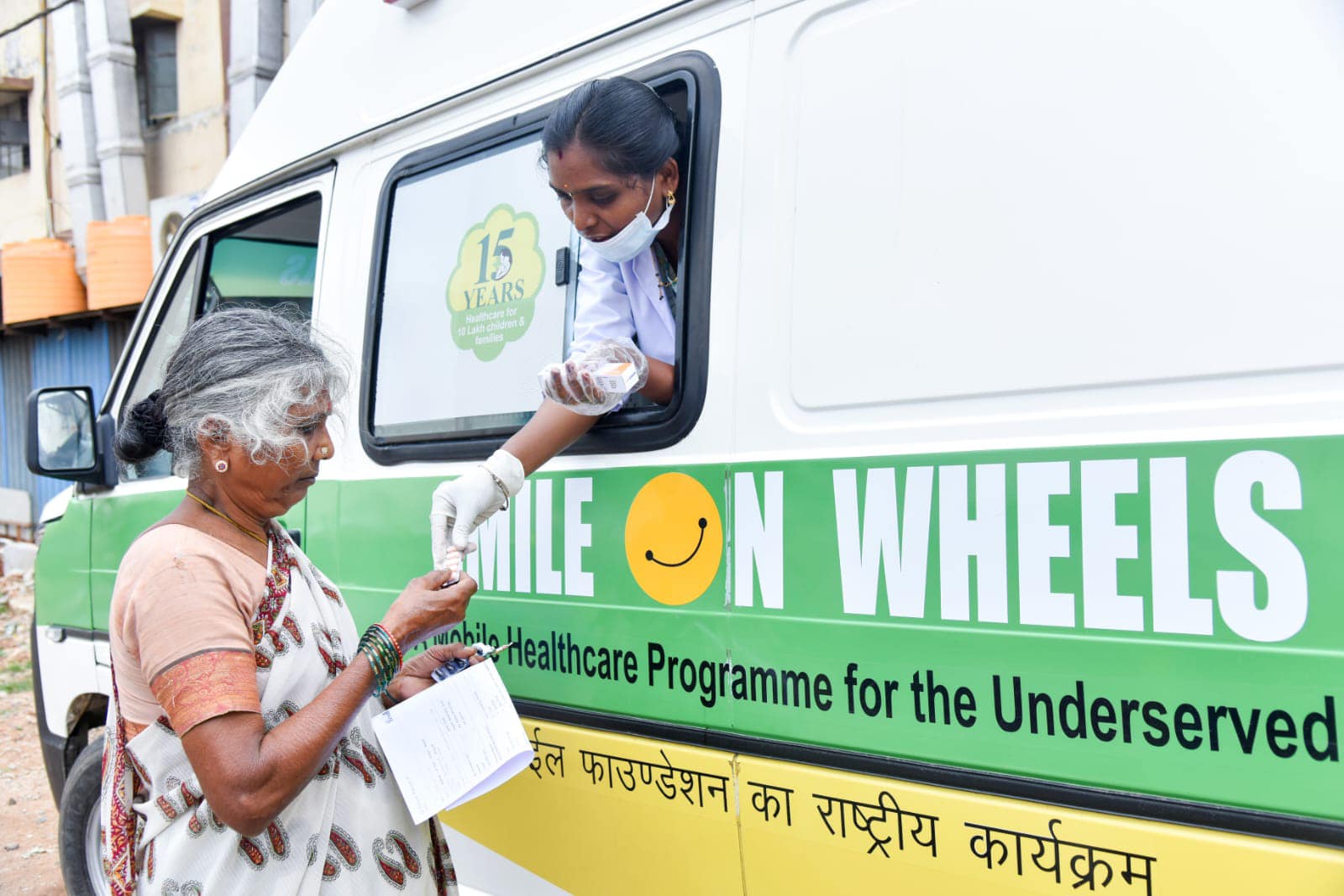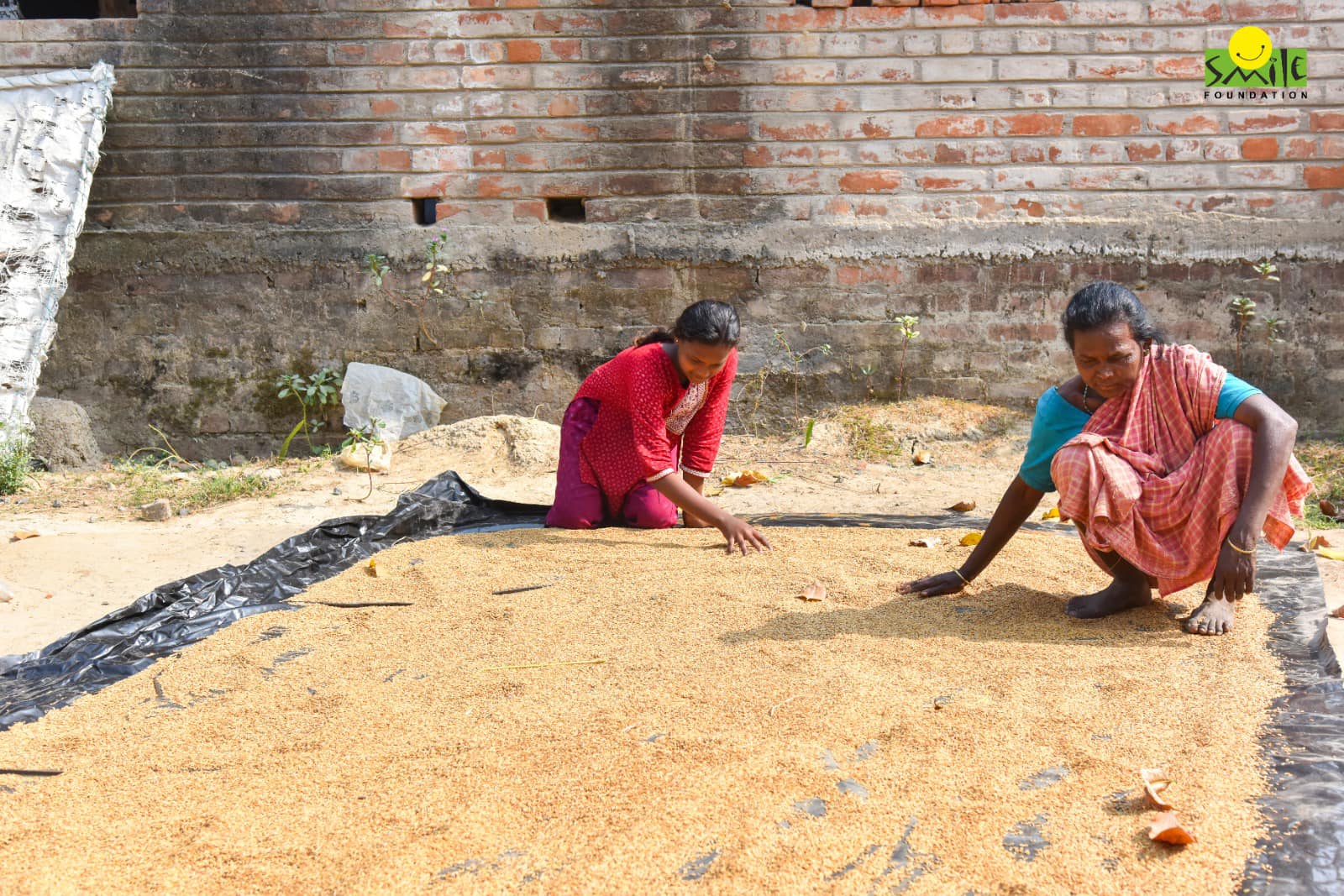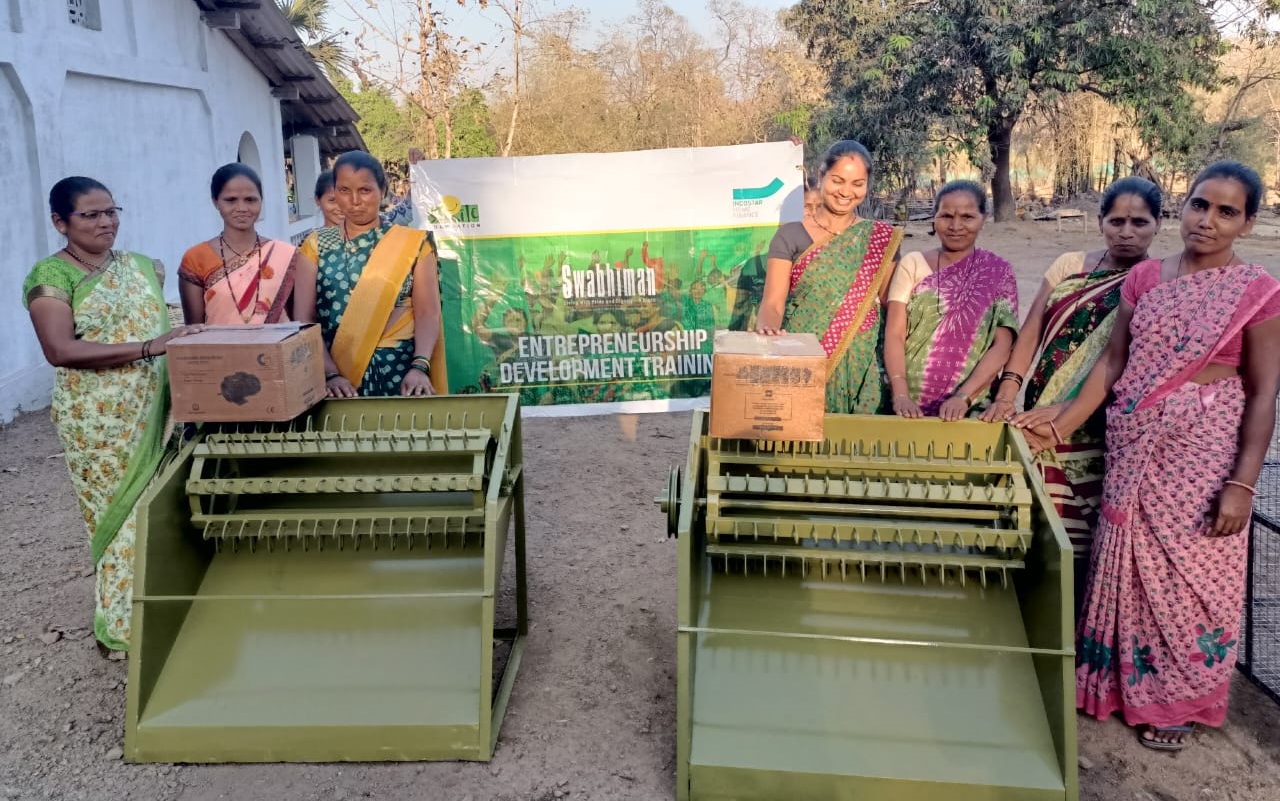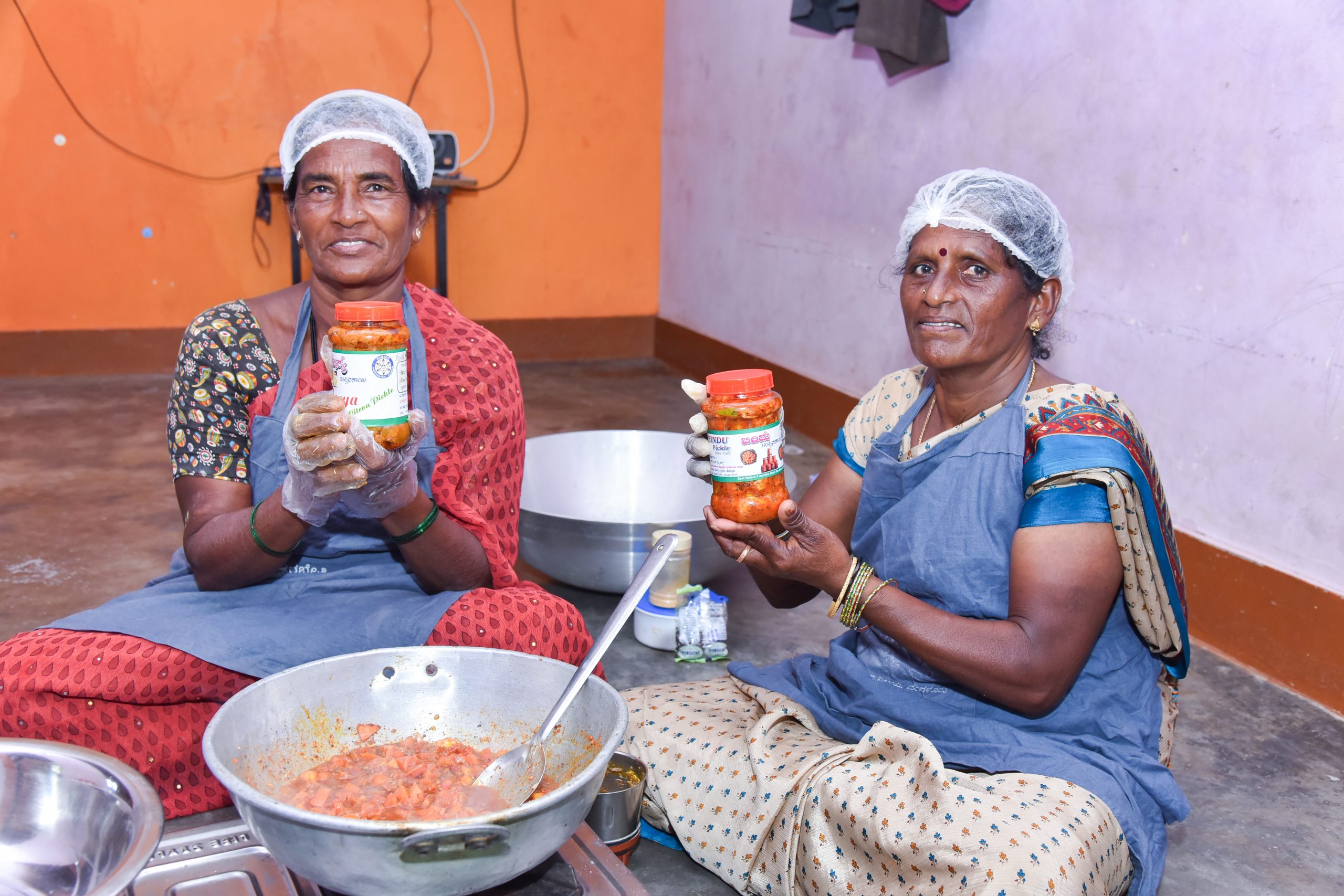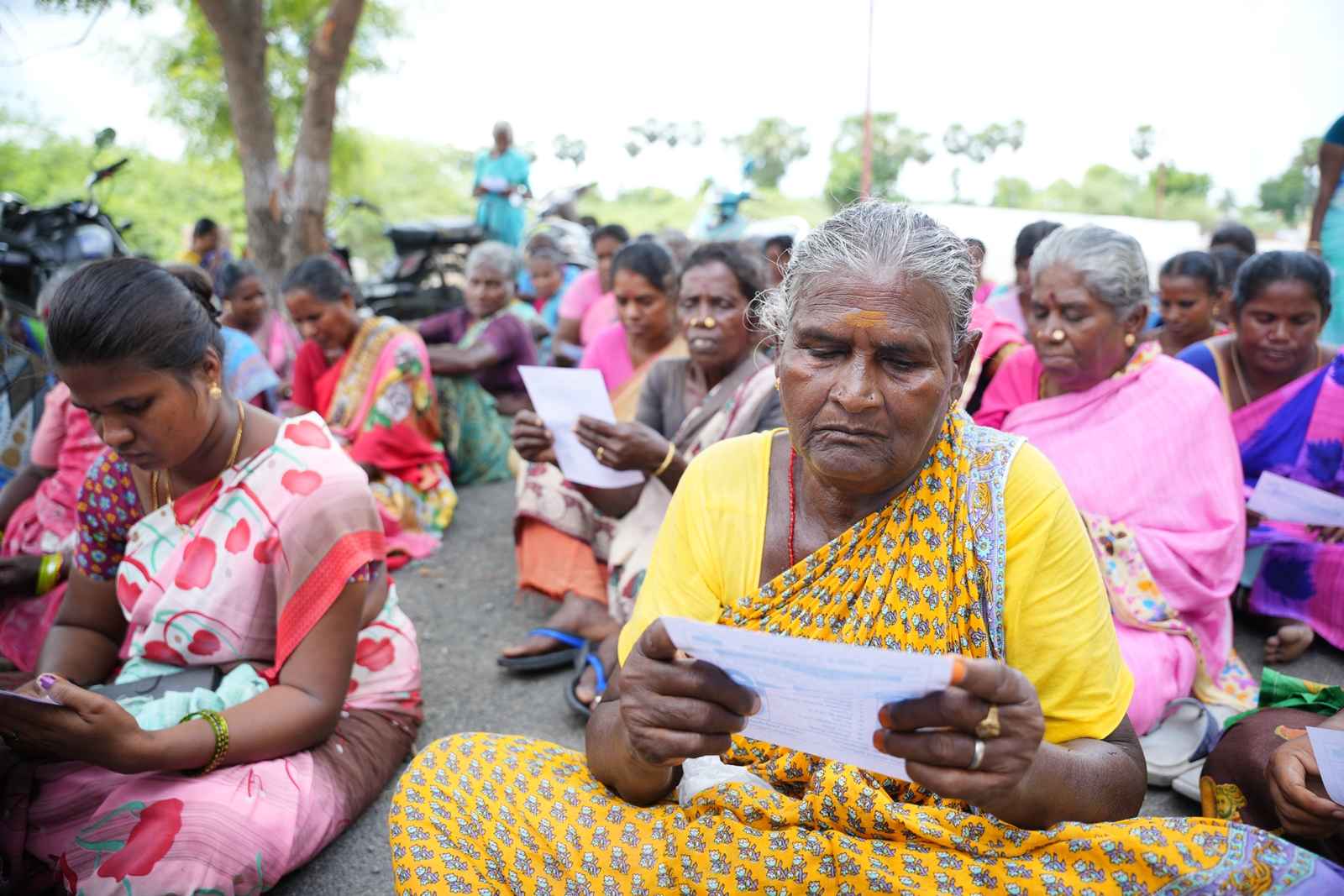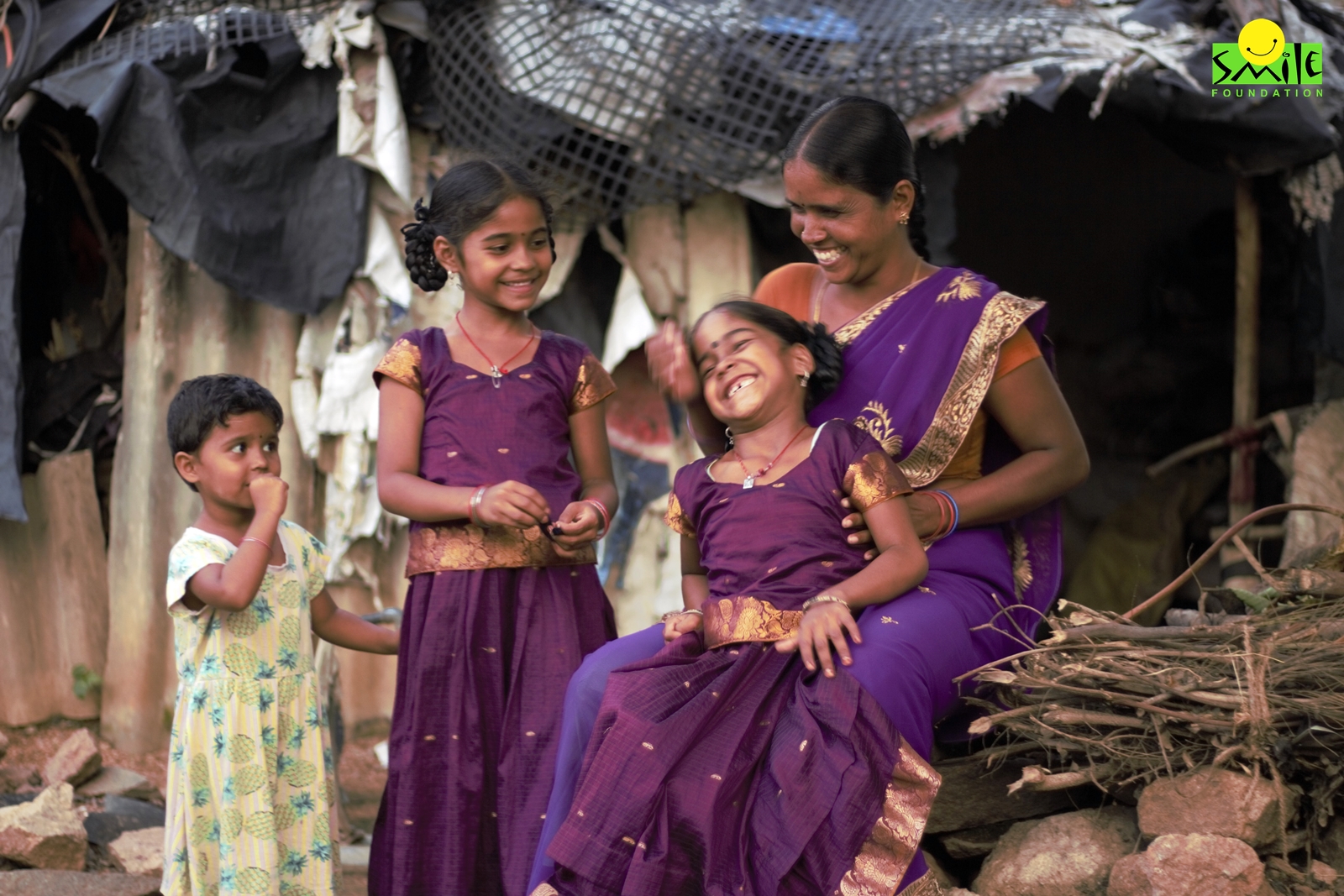In the early hours of July 30, 2024, a devastating series of landslides occurred in the hilly regions of Kerala’s Wayanad district. Tragically, it resulted in the loss of hundreds of lives and several individuals sustaining injuries. Climate change has brought about a noticeable shift in monsoon patterns, resulting in unpredictable and irregular rainfall. According to a senior climate scientist, the previously pleasant and humid climate has transformed into one with drier, hotter summers and heavy monsoon rains due to climate change, raising the likelihood of landslides.
Climate change brings the risk of severe droughts, intensified storms, heavy rainfalls, scorching heat waves, rapid melting of glaciers contributing to sea-level rise, floods and declining biodiversity. However, these effects are not evenly distributed globally and those living in poverty are the most severely affected.
Understanding Climate Change
Climate change presents a looming threat to all countries. The Earth’s average temperatures and weather conditions are undergoing a significant long-term shift.
The natural greenhouse effect of Earth is being altered by human activities. The accumulation of an excessive amount of greenhouse gases can result in the Earth’s atmosphere retaining an unnatural and increasing amount of heat. The main sectors responsible for greenhouse gas emissions include energy, industry, transport, buildings, agriculture, and land use.
Why the Poorest Are the Most Vulnerable
Unpredictable rainfall and severe weather have the potential to spark fierce competition for food and water, loss of livelihoods, risk of relocation and lack of access to healthcare. Millions could be driven further into poverty as environmental conditions deteriorate. Let us understand how the poorest are most vulnerable.
Loss of Livelihood
Agriculture, forestry, livestock and fisheries, account for a major source of livelihood in rural poor and forest-dwelling households. The significant changes in rainfall patterns and the disruption of the growing season caused by climate change result in destruction of crops and the loss of livestock. In contrast to people in affluent countries, farmers in low-income countries lack insurance, which facilitates disaster recovery. When climate change-related disasters force them to abandon their land that sustains them, they frequently descend further into poverty.
Climate change also impacts fisheries. Fish populations migrate as the oceans warm up more rapidly than land, resulting in the destabilisation of marine ecosystems.
Impact on Health
Forest fires are becoming more frequent and severe as a result of climate change, putting millions of people’s health at risk each year. Air pollution from industries and cars disproportionately affect disadvantaged people who live in densely populated regions near industrial facilities. Climate change affects people’s health in other ways as well. Deadly heat waves are growing increasingly regular in certain parts of the world, endangering persons in poverty who cannot afford air conditioners or protection from water scarcity.
Rising temperatures are also causing climate-sensitive diseases, such as malaria. Water- and food-borne infections are also becoming more widespread as a result of increased flooding, which pollutes streams and farmlands.
Climate Refugees
According to the World Bank’s Groundswell assessment, climate change may cause up to 216 million people in six global regions to relocate inside their respective countries by 2050. Over the last 30 years, sea levels have risen and the intensity of floods and hurricanes has increased, putting residents in coastal communities at risk. The majority of these are from poor developing countries and small island states. Floods devastate homes, water supplies, schools, hospitals, and livelihoods. It takes years for the area to recover and stabilise. Displacement can force a person into poverty by removing them from their home and being unable to transfer their previous wealth to their new environments. They struggle to find work and regain security. Drier weather conditions are also displacing farmers forced to evacuate their land due to terrible droughts in recent years.
Food and Water Scarcity
According to WHO, drought might displace up to 700 million people by 2030. Crop yields vary from year to year, and climate change is a particularly disruptive factor that is changing global food supply, threatening people with poverty and food insecurity. Droughts have become devastatingly prolonged, particularly in Sub-Saharan Africa, resulting in widespread crop failures, animal mortality, food and water shortages and poverty.
By 2025, half of the world’s population could be living in locations with limited access to clean water. Access to safe water for drinking and practicing basic hygiene is severely limited due to water scarcity. In situations where water is in short supply, the functioning of sewage systems can weaken, leading to an increased risk of diseases such as cholera. Access to water also gets expensive.
Mitigation Strategies
The struggle against climate change and poverty are inextricably linked. The way forward is to invest in resilience and coping strategies, such as better irrigation and the distribution of resilient and improved seed varieties, providing access to financing, grants, markets, telecommunications and data that can increase harvests. They can fund reforestation and coastal restoration initiatives to improve water security, protect people from natural calamities and generate economic possibilities.
To effectively reduce the vulnerability of the poor to climate change, it is essential to implement strategies that focus on building resilience and providing access to essential resources. These strategies include investing in sustainable agricultural practices, improving access to clean water, and ensuring that vulnerable communities have the necessary infrastructure to withstand climate-related disasters. Furthermore, educating communities on climate-resilient practices and providing access to financial resources such as microloans and grants can empower the poor to adapt and thrive in changing environmental conditions.
Our efforts
Smile Foundation recognises the deep impact climate change has on impoverished communities and is actively working to mitigate these effects through various initiatives. Our programmes focus on enhancing the resilience of marginalised populations by providing education and resources to build sustainable livelihoods and reduce their vulnerability to the adverse effects of climate change. Through these efforts, we are not only addressing immediate needs but also laying the groundwork for long-term sustainability and resilience.




